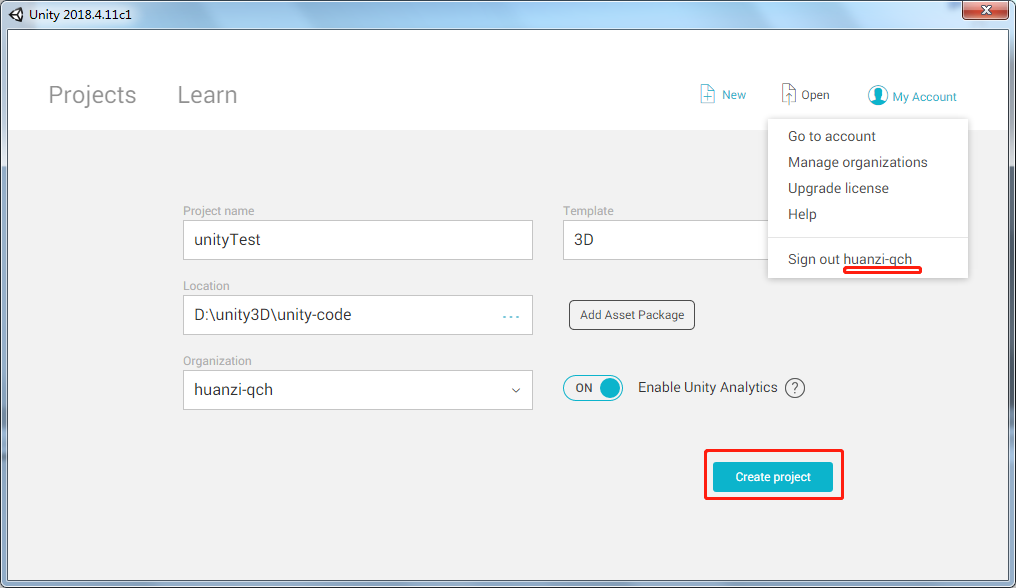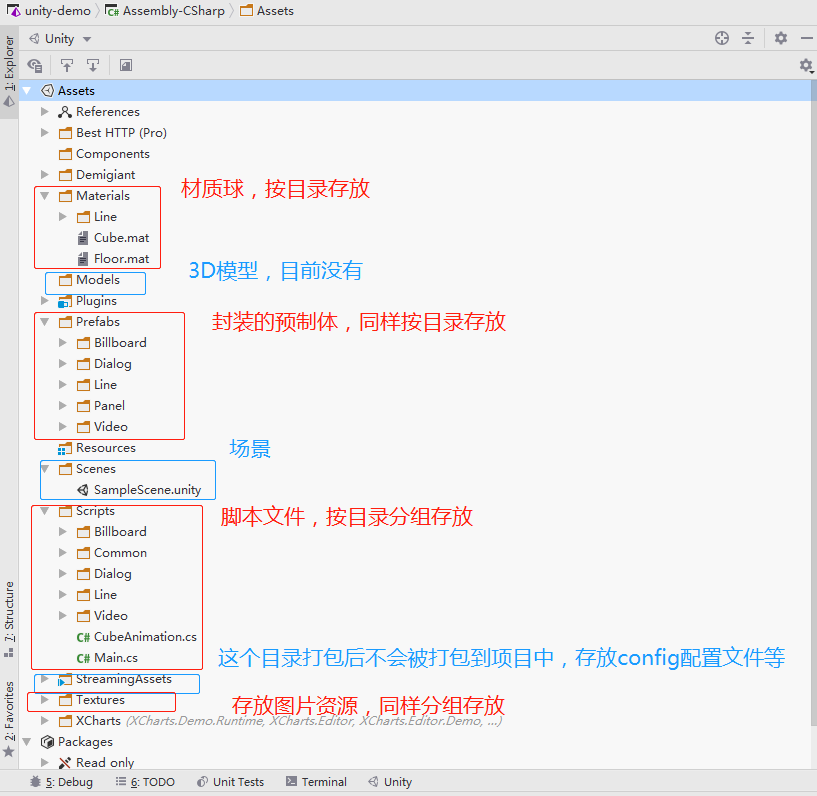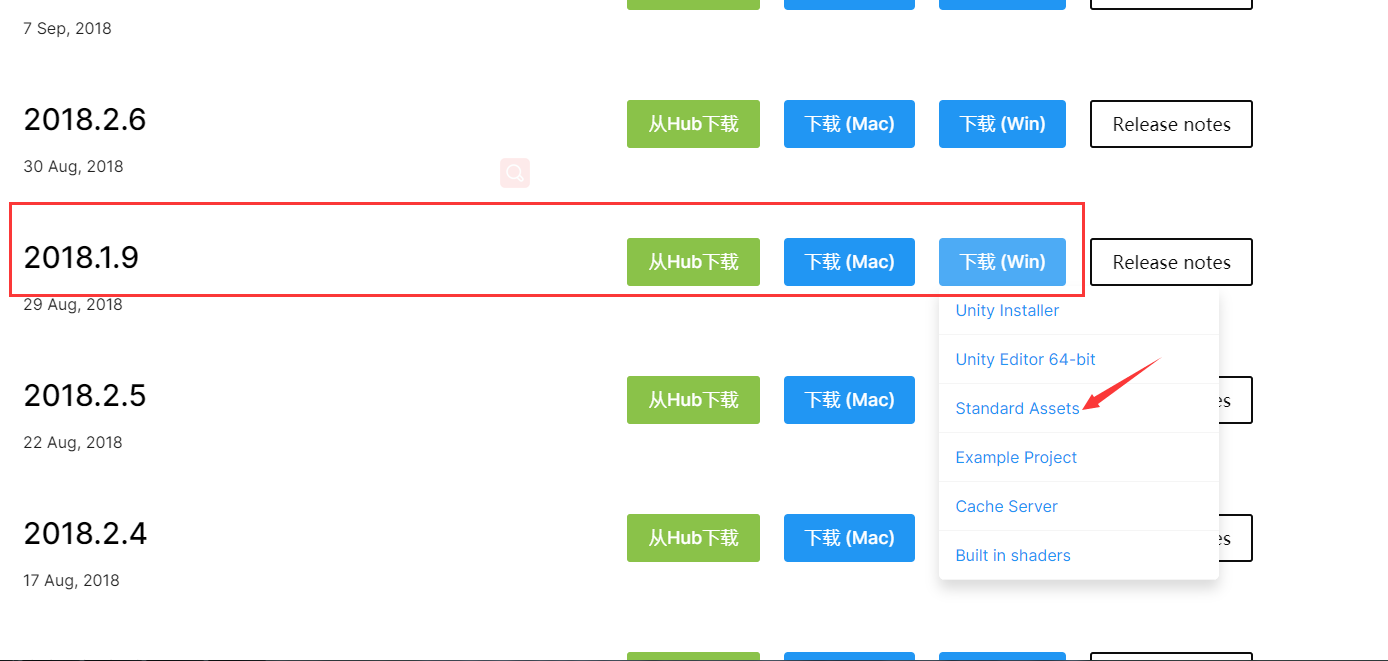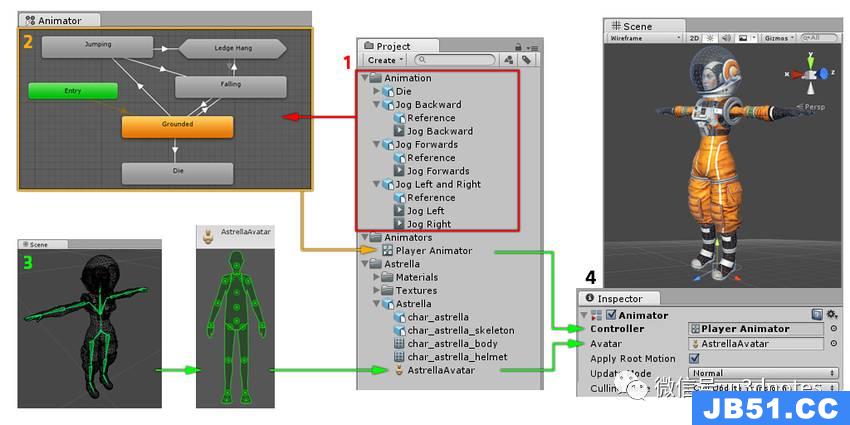这篇文章主要介绍Unity3D如何实现动态分辨率降低渲染开销,文中介绍的非常详细,具有一定的参考价值,感兴趣的小伙伴们一定要看完!
之前项目降低分辨率我们都普遍使用Screen.SetResolution,但是它有两个问题。
1.每次设置的时候屏幕会闪烁。
2.降低分辨率与摄像机无关,无法做到只降低3D摄像机的分辨率,保留UI摄像机不降低分辨率。
其实我们可以使用摄像机动态分辨率,如下图所示,给需要降低分辨率的摄像机打开allow Dynamic Resolution属性。
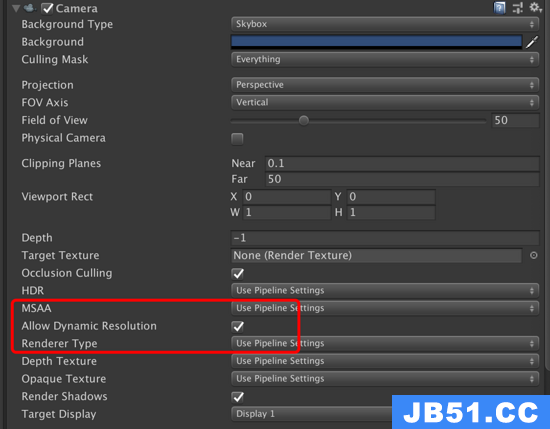
如下图所示,在ProjectSetting上必须勾选Enable Frame Timing Stats属性。
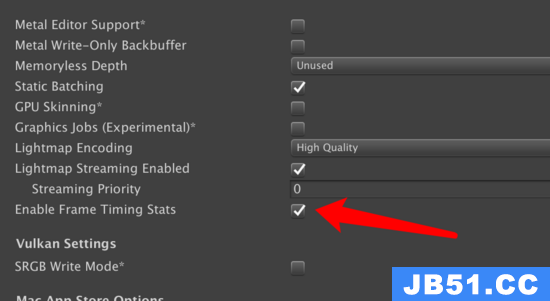
代码中就可以很方便设置分辨率了。
scalableBufferManager.ResizeBuffers(m_widthScale, m_heightScale);
如下图所示在iPhone X上,频繁设置3D摄像机分辨率并不会出现闪烁的情况,而且并没有影响UI摄像机看到的文本(Text)的分辨率
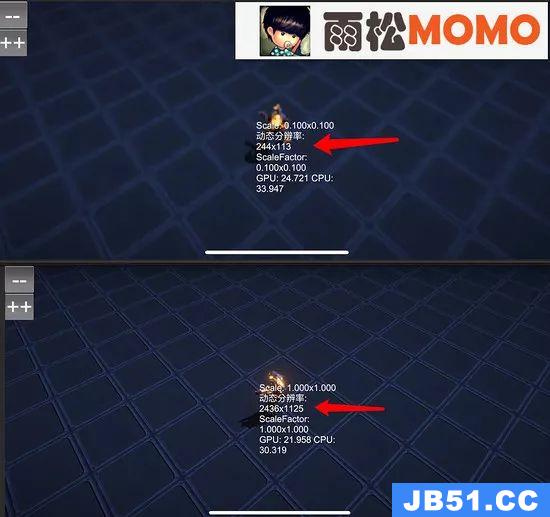
需要注意的是动态分辨率安卓Android(仅适用于Vulkan) 或者也可以用SRP可编程渲染管线,最后在修改RT这样就都支持了。
using System.Collections;using System.Collections.Generic;using UnityEngine;using UnityEngine.UI; public class DynamicResolutionTest : MonoBehavIoUr{ public Text screenText; FrameTiming[] frameTimings = new FrameTiming[3]; public float maxResolutionWidthScale = 1.0f; public float maxResolutionHeightScale = 1.0f; public float minResolutionWidthScale = 0.5f; public float minResolutionHeightScale = 0.5f; public float scaleWidthIncrement = 0.1f; public float scaleHeightIncrement = 0.1f; float m_widthScale = 1.0f; float m_heightScale = 1.0f; // Variables for dynamic resolution algorithm that persist across frames uint m_frameCount = 0; const uint kNumFrameTimings = 2; double m_gpuFrameTime; double m_cpuFrameTime; // Use this for initialization void Start() { int rezWidth = (int)Mathf.Ceil(scalableBufferManager.widthScaleFactor * Screen.currentResolution.width); int rezHeight = (int)Mathf.Ceil(scalableBufferManager.heightScaleFactor * Screen.currentResolution.height); screenText.text = string.Format("Scale: {0:F3}x{1:F3}\nResolution: {2}x{3}\n", m_widthScale, m_heightScale, rezWidth, rezHeight); } private void OnGUI() { float oldWidthScale = m_widthScale; float oldHeightScale = m_heightScale; // One finger lowers the resolution if (GUILayout.Button("<size=100>--</size>")) { m_heightScale = Mathf.Max(minResolutionHeightScale, m_heightScale - scaleHeightIncrement); m_widthScale = Mathf.Max(minResolutionWidthScale, m_widthScale - scaleWidthIncrement); } // Two fingers raises the resolution if (GUILayout.Button("<size=100>++</size>")) { m_heightScale = Mathf.Min(maxResolutionHeightScale, m_heightScale + scaleHeightIncrement); m_widthScale = Mathf.Min(maxResolutionWidthScale, m_widthScale + scaleWidthIncrement); } if (m_widthScale != oldWidthScale || m_heightScale != oldHeightScale) { scalableBufferManager.ResizeBuffers(m_widthScale, m_heightScale); } } // Update is called once per frame void Update() { DetermineResolution(); int rezWidth = (int)Mathf.Ceil(scalableBufferManager.widthScaleFactor * Screen.currentResolution.width); int rezHeight = (int)Mathf.Ceil(scalableBufferManager.heightScaleFactor * Screen.currentResolution.height); screenText.text = string.Format("Scale: {0:F3}x{1:F3}\n动态分辨率: {2}x{3}\nScaleFactor: {4:F3}x{5:F3}\nGPU: {6:F3} cpu: {7:F3}", m_widthScale, m_heightScale, rezWidth, rezHeight, scalableBufferManager.widthScaleFactor, scalableBufferManager.heightScaleFactor, m_gpuFrameTime, m_cpuFrameTime); } // Estimate the next frame time and update the resolution scale if necessary. private void DetermineResolution() { ++m_frameCount; if (m_frameCount <= kNumFrameTimings) { return; } FrameTimingManager.CaptureFrameTimings(); FrameTimingManager.GetLatestTimings(kNumFrameTimings, frameTimings); if (frameTimings.Length < kNumFrameTimings) { Debug.LogFormat("Skipping frame {0}, didn't get enough frame timings.", m_frameCount); return; } m_gpuFrameTime = (double)frameTimings[0].gpuFrameTime; m_cpuFrameTime = (double)frameTimings[0].cpuFrameTime; }}
以上是“Unity3D如何实现动态分辨率降低渲染开销”这篇文章的所有内容,感谢各位的阅读!希望分享的内容对大家有帮助,更多相关知识,欢迎关注编程之家行业资讯频道!

